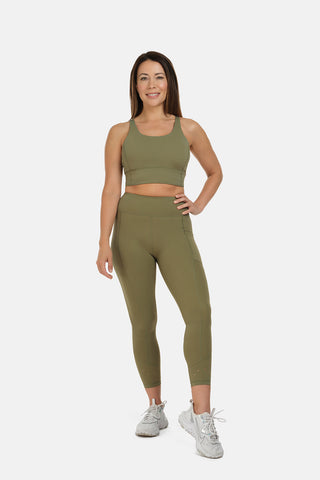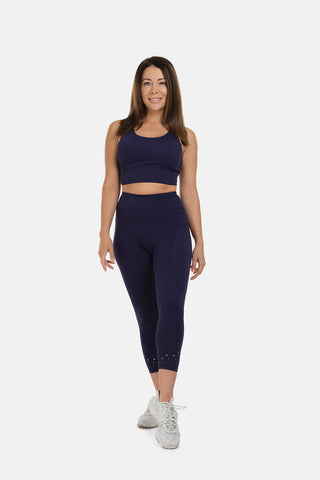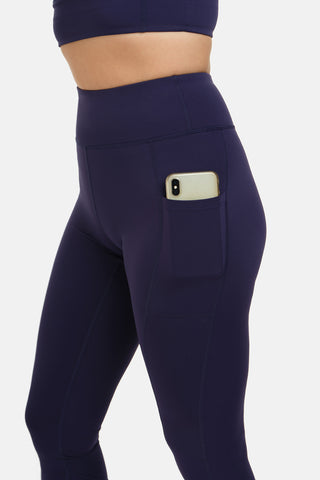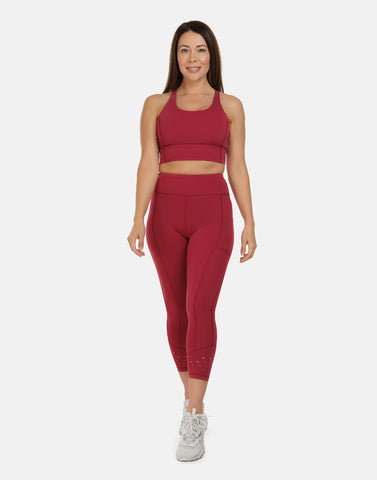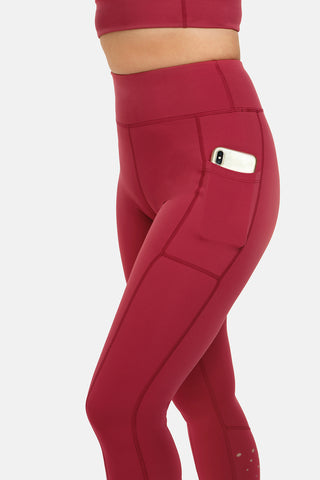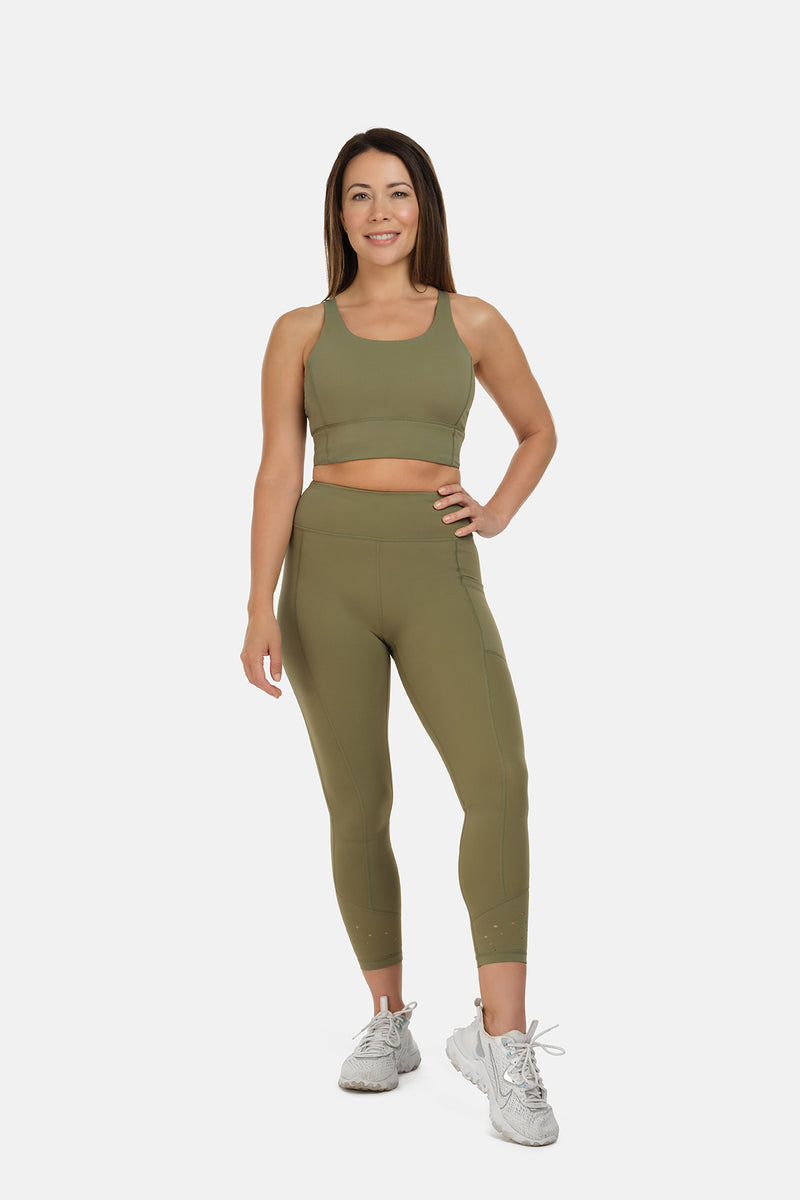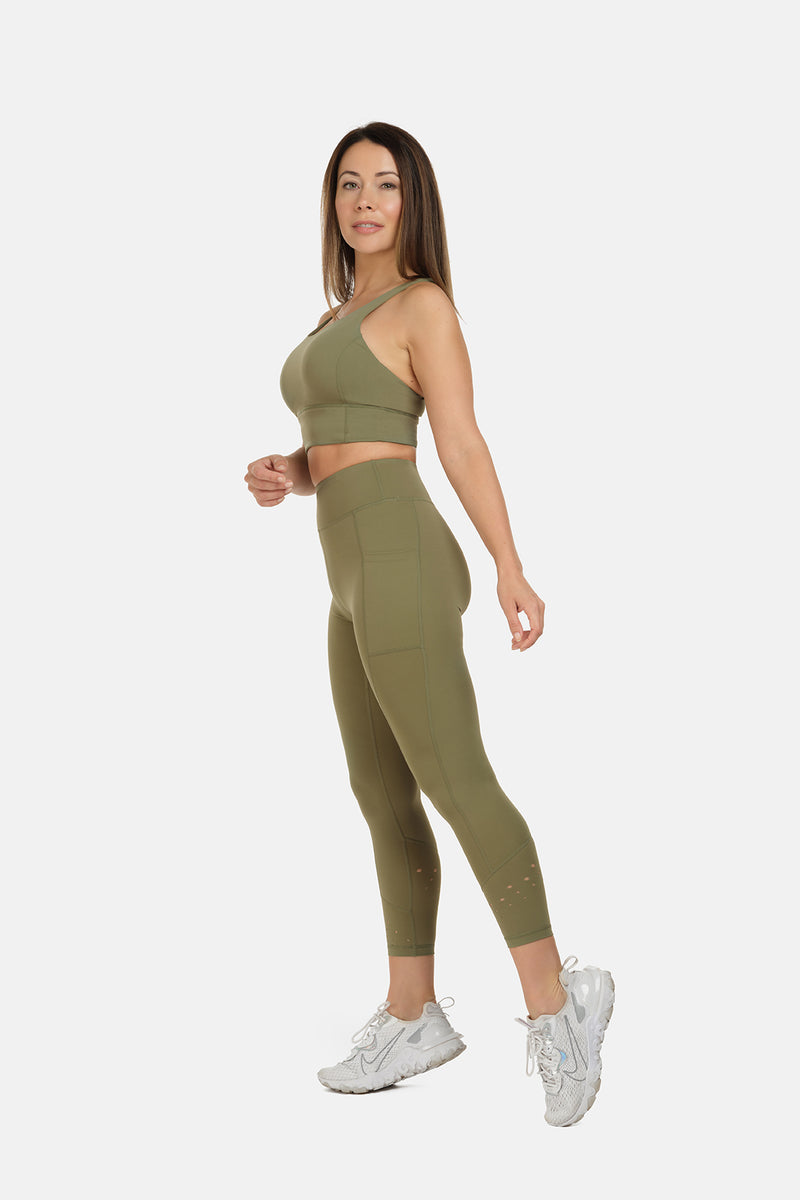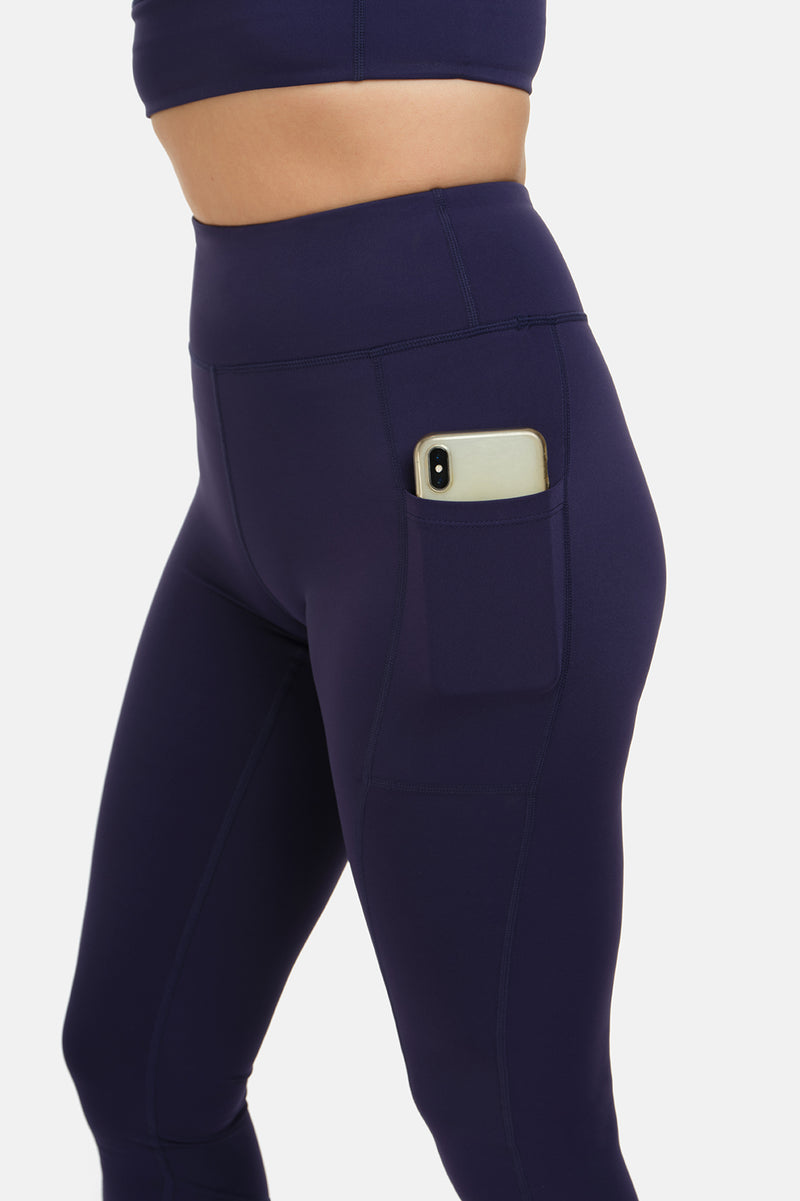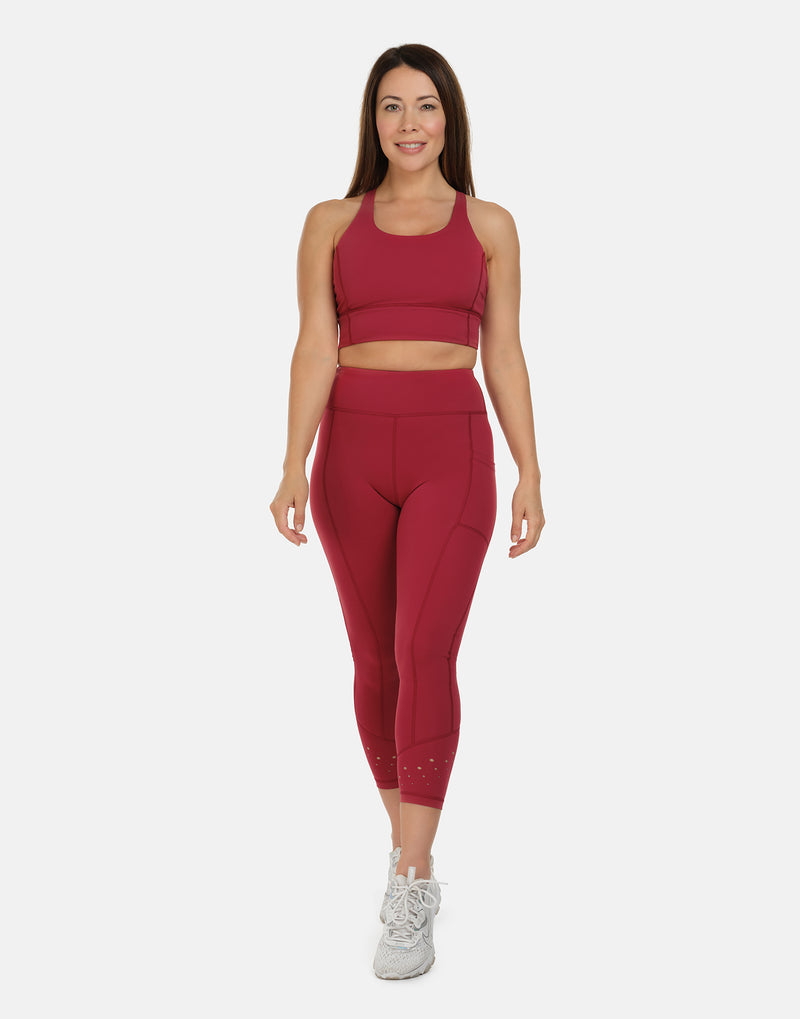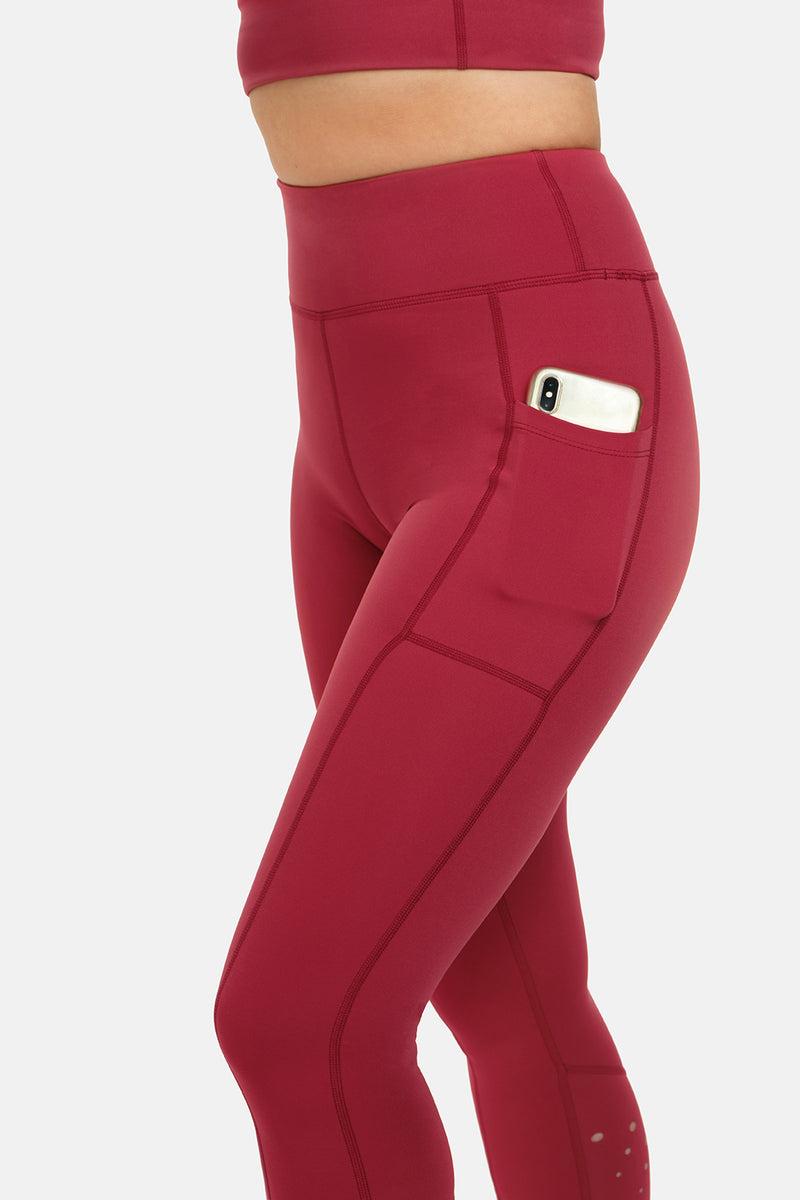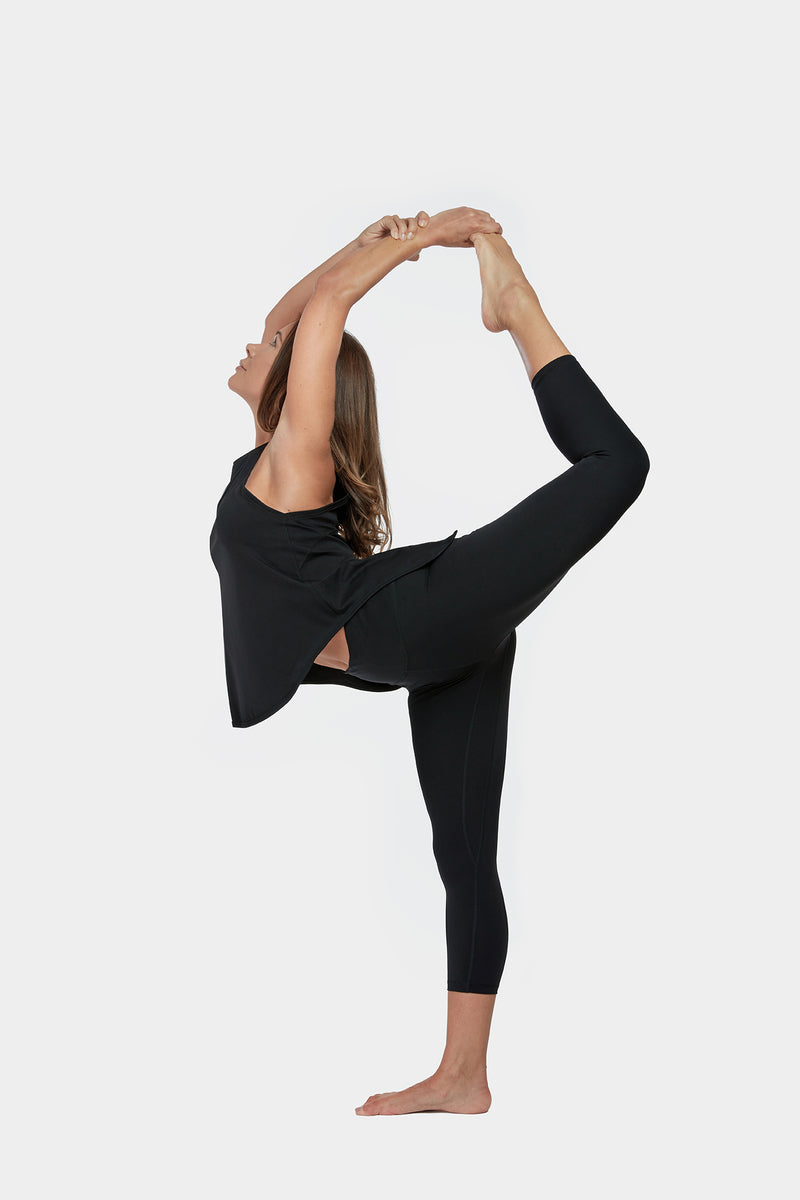Make Your Quick Workout More Effective

Being short on time doesn’t mean you can’t get in a great workout. However, you need to approach your exercise differently. You don’t want to waste time looking for a routine on social media or waiting for the rowing machine to open up. You also need to go in with the right mindset, so you work hard (but not too hard) every second.
The next time you want a quick, effective workout, use these tips to choose the ideal exercises and get your head in the best space to give it your all, whatever time you have.
Go in with a plan. Whether it’s a routine from an app or social media, or one you create ahead of time, know what you are going to do before you start your workout to stop you procrastinating. Narrow it down to about five exercises. This way, you can push yourself, give each exercise the attention it deserves, and work harder to get to the end of your workout.
Be Prepared. Rather than getting one set of dumbbells and doing one exercise, then grabbing another set of dumbbells to do your second exercise, get all the equipment you need before you start your session. This not only saves time but can also help you prepare mentally. Having everything at hand, ready to go, will reinforce the aims of your session from the outset. This will help provide greater focus and motivation to get all the workout done despite the short duration.
Less is more. It can be fun to use dumbbells, kettlebells, machines, and more during a workout. But if you’re short on time, the less you use, the better, because you don’t have to stop to switch out tools. Try kettlebells, which provide strength and cardio benefits and allow for total-body exercises, or resistance bands. They’re easy to learn, easy to adjust the difficulty, and can be used in a wide variety of ways. And don’t overlook bodyweight workouts.
Do intervals. If you want to get the most out of your cardio workout but don’t have much time, try high-intensity interval training. HIIT is an excellent way to reap the same rewards typically associated with longer bouts of cardio, but in a more-time efficient manner. Interval training will help improve your VO2 max—the maximum volume of oxygen your body can use during exercise. This means you’ll be fitter, take longer to get out of breath, and have more endurance the next time you decide to swap your short interval workout for a longer endurance workout.
Try combination exercises. You can also try performing two exercises in one fluid motion. Consider:
- Squat to overhead press
- Lunge to biceps curl
- Overhead press to reverse lunge
- Push up to side plank
- Biceps curl to overhead press
- Deadlift to bent-over row
Challenge yourself. Use a timer for every exercise and try to do a certain number of reps or go for a specific period of time. Then, once you know your benchmark, the next workout, try to do more reps or, for cardio, go for a longer interval.
